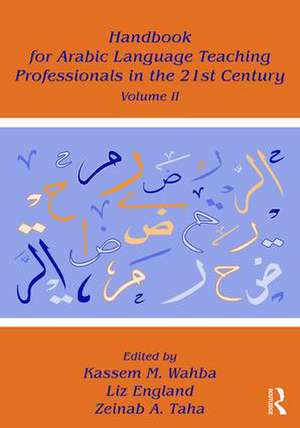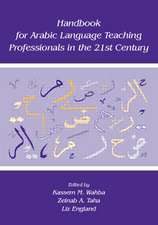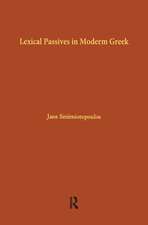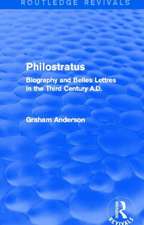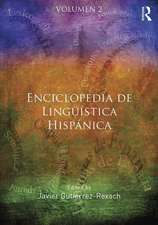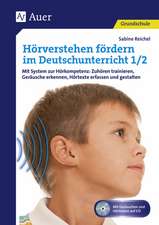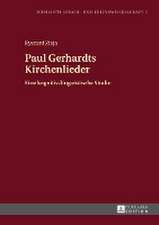Handbook for Arabic Language Teaching Professionals in the 21st Century, Volume II
Editat de Kassem M. Wahba, Liz England, Zeinab A. Tahaen Limba Engleză Paperback – 27 iul 2017
12 themes:
- Trends and Recent Issues in Teaching and Learning Arabic
- Social, Political and Educational Contexts of Arabic Language Teaching and Learning
- Identifying Core Issues in Practice
- Language Variation, Communicative Competence and Using Frames in Arabic Language Teaching and Learning
- Arabic Programs: Goals, Design and Curriculum
- Teaching and Learning Approaches: Content-Based Instruction and Curriculum
- Arabic Teaching and Learning: Classroom Language Materials and Language Corpora
- Assessment, Testing and Evaluation
- Methodology of Teaching Arabic: Skills and Components
- Teacher Education and Professional Development
- Technology-Mediated Teaching and Learning
- Future Directions
| Toate formatele și edițiile | Preț | Express |
|---|---|---|
| Paperback (1) | 747.62 lei 6-8 săpt. | |
| Taylor & Francis – 27 iul 2017 | 747.62 lei 6-8 săpt. | |
| Hardback (1) | 2080.31 lei 6-8 săpt. | |
| Taylor & Francis – 20 iul 2017 | 2080.31 lei 6-8 săpt. |
Preț: 747.62 lei
Preț vechi: 911.74 lei
-18% Nou
Puncte Express: 1121
Preț estimativ în valută:
143.06€ • 152.98$ • 119.28£
143.06€ • 152.98$ • 119.28£
Carte tipărită la comandă
Livrare economică 17 aprilie-01 mai
Preluare comenzi: 021 569.72.76
Specificații
ISBN-13: 9781138934771
ISBN-10: 1138934771
Pagini: 456
Ilustrații: 88
Dimensiuni: 178 x 254 x 28 mm
Greutate: 1.8 kg
Ediția:1
Editura: Taylor & Francis
Colecția Routledge
Locul publicării:Oxford, United Kingdom
ISBN-10: 1138934771
Pagini: 456
Ilustrații: 88
Dimensiuni: 178 x 254 x 28 mm
Greutate: 1.8 kg
Ediția:1
Editura: Taylor & Francis
Colecția Routledge
Locul publicării:Oxford, United Kingdom
Public țintă
ProfessionalNotă biografică
Kassem M. Wahba is Professor in the Department of Near Eastern Studies, Cornell University, USA.
Liz England is Principal at Liz England and Associates, LLC, USA.
Zeinab A. Taha is Associate Professor in the Department of Applied Linguistics, The American University in Cairo, Egypt.
Liz England is Principal at Liz England and Associates, LLC, USA.
Zeinab A. Taha is Associate Professor in the Department of Applied Linguistics, The American University in Cairo, Egypt.
Cuprins
Part I. Overview: Trends and Recent Issues in Teaching and Learning Arabic Part II. Social, Political and Educational contexts of Arabic Language Teaching and Learninga) Arabic-speaking Worldb) Non-Arabic-speaking Worldc) Islamic countries: Indonesia/Malaysia Part III. Identifying Core issues in Practicea) Models of Second Language Acquisition:b) Sociolinguistic and the Variations of Arabic in Multiple Language Communities c) History of Teaching and Learning Arabic in Medieval Islam Part IV. Communicative Competence and Performance in Arabic Language Teachinga) What is Communicative Arabic?b) The Arabic language use and the educated language user c) Integrating Vernacular with FuSHa in the Arabic as a Foreign Language classroom d) Various Standards of Learning Arabic as a Foreign Language in the Arabic-speaking World versus everywhere : Relevance of ACTFL and CEFR e) Intercultural communication, curriculum development and assessment Part V. Arabic Programs: Goals, Design and Curriculum a) University-based Teaching and Learning: 1) University programs a. Arabic Program-Texas University)(16)b. Lebanon: Arabic language program at the American University in Bayrut2) Study abroad programs: a. Center of Arabic Study Abroad (CASA) (Postgraduate level learners) (18)3) Government Programs: ILI4) K-12 Programs5) Heritage learners and native learners Part VI. Teaching Approachesa) Content-based Instruction b) Arabic Literature and Literacy c) Arabic for Specific Purposes (ASP): Arabic for Businessd) Pragmatics in Arabic Language Teachinge) Arabic language materials f) Corpus linguistics for Arabic language teachers and learners g) Task-based Arabic Language InstructionPart VII. Arabic language teaching and learning: curriculum and classroom instruction a) Methodology, Classroom Management and Lesson Planning b) Oral Skills Teaching1) Listening 2) Speaking c) Literacy skills teaching3) Developing reading skills 4) Developing writing skills d) Teaching and Learning Arabic pronunciation e) Teaching Grammar f) Teaching beginner and intermediate level Vocabulary g) Motivation, Noticing and feedback in the Arabic classroom Part VIII . Assessment, Testing and Evaluationa) An Overview of Assessment and Evaluation: Purpose, Uses and Types of testsb) Issue in Arabic Language Assessment in the US a) Arabic Program Evaluation and Accreditation Part IX. Teacher Education and Professional Developmenta) Pre- and in service Education training: Observation, Teacher Evaluation and Certification. b) Teacher Research and Measuring Effectiveness of Instruction Part X. Technology-mediated Teaching and Learninga) Social media: Historical Perspective: Role and Researchb) Distance education and Online Arabic Programs
Descriere
Drawing on the collective expertise of language scholars and professional educators in a variety of sub-disciplines, this volume provides a comprehensive treatment of teaching and research in Arabic as a second and foreign language worldwide.
